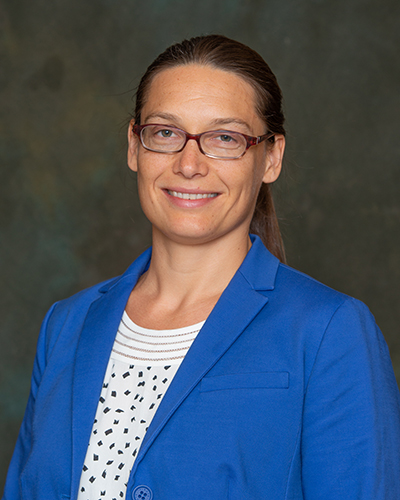“Ask the expert” articles provide information and insights from MSU scientists, researchers and scholars about national and global issues, complex research and general-interest subjects based on their areas of academic expertise and study. They may feature historical information, background, research findings or offer tips.
As temperatures drop and the daily amount of sunshine decreases, it’s common for individuals to experience a significant impact on their mental health. Hanne Hoffmann, assistant professor in the College of Agriculture and Natural Resources, discusses how light affects our brains and how those who struggle with seasonal affective disorder can improve their mental health during the winter months.
What is seasonal affective disorder?
Seasonal affective disorder, also known as SAD, is a type of depression that appears in people depending on the season. Most people who experience SAD have it during the winter and early spring months when there is less sunshine.
Why does a lack of sunlight cause some to struggle with depression?
Think of sunlight as energy. Going outside boosts both your mood and energy. People with SAD don’t get enough of that natural energy from the sun in the winter.
Light is captured by the eyes and sent to the brain through the optic nerve. Once this light information is transmitted to the brain, it activates a person’s cells to release more neurotransmitters such as serotonin. Low levels of serotonin are associated with depression, and bright light can promote serotonin release.
How common is SAD?
Across the U.S. about 3% of the population struggle with seasonal depression. In Michigan, it is estimated that as many as 20% to 40% of the population has some degree of SAD.
Women experience SAD four times more frequently than men, though we do not know why that is. SAD also has no age limit. It can impact children as young as 6 years as well as adults through mid and late life. Most people get diagnosed with SAD in their 20s.
What can people do to help themselves if they struggle with SAD?
There are a couple of things people can do. The first would be to get a light therapy lamp. They typically cost about $100 and emit very bright light. These lamps, which are UV-free, are most beneficial when used in the morning and help about 80% of people who suffer from SAD.
The second thing you can do is get outside in the early hours of the day when the sun is at its brightest. You can combine this with talk therapy. Talk therapy is affective at preventing and helping resolve SAD.
Finally, eating healthy, getting plenty of sleep and introducing moderate to high levels of exercise into your daily routine are great ways to boost your mood. These individual or combined strategies will all work to help alleviate the symptoms of seasonal affective disorder.
